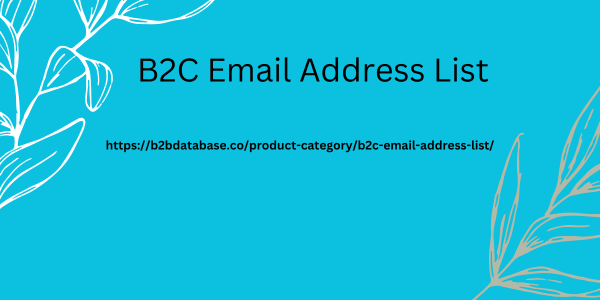|
|
Good sender reputation constitutes one of the most important things in email marketing. Good sender reputation increases the chances that your emails land in the inbox instead of being filtered into spam folders. In this respect, here are the key strategies that will help you build and maintain a good sender reputation.
1. Be Informed About Sender Reputation
Sender reputation basically means the score given to your email sending domain by ISPs, factored in based on a series of factors. A good reputation enhances the chances of delivery into the inbox, while a poor reputation makes the emails drop directly into spam or get completely blocked. Key elements that will affect reputation include email engagement rates, complaint rates, bounce rates, and how often recipients mark your emails as spam.
2. Build a Quality Email List
A quality email list forms the basis of any good sender reputation. The best practices concerning the building of lists will go somewhat like this:
Opt-In Processes: Utilize double opt-in to ensure subscribers really Bahrain Emails List want to receive your emails. What this means is that once they've signed up, they confirm it in a follow-up email.
Don't buy lists. This will surely contain unverified addresses that may result in higher bounces and spam complaints.
3. Regular List Cleaning
Cleaning of your email list is one way of maintaining a good sender reputation. Here's how:
Remove Inactive Subscribers: Create a routine where the subscribers who, for some time-for example, six months, have not opened your mail are identified and removed. Actually, this contributes to reducing bounces and complaints.
Engagement Metrics: Track open rates, click-through rates, and unsubscribes. Low engagement could mean that your message is not relevant to your audience.
4. Engaging Content
Sending relevant and interesting content is crucial in keeping the interest of your audience and maintaining a good reputation as a sender:
Targeted Campaigns: Segment your list based on preference and behavior to help you send content that's most relevant to them.
Quality over Quantity: Give more importance to the quality of what you send than the frequency. This will help build trust and maintain subscribers' interest.
5. Use Proper Authentication
In other words, email authentication confirms that you are who you claim to be-a legitimate sender. Enabling the authentication can benefit better deliverability and help protect the sender's reputation through the following ways:
Sender Policy Framework: SPF lists which IP addresses are authorized to send emails on behalf of your domain. This blocks the spam email spoofing.
DKIM-DomainKeys Identified Mail: DKIM is a technology that inserts a digital signature into your emails, which helps the recipient's server check if the message did not get altered during transport.
DMARC-Domain-based Message Authentication, Reporting, and Conformance: DMARC is based on SPF and DKIM, allowing additional security for protecting your sender reputation through explaining how to handle unauthenticated emails.
6. Feedback Loops
Feedback loops are services that email you when a recipient marks your email as spam. Active Arbeitsweise mit Feedback Loops: Works Register via ISPs that offer feedback loops. By this, notifications about spam complaints can be received, and thus you may take actions against such subscribers.
Take Action on Complaints: Analyze the feedback and take action where appropriate; if a lot of people are marking your email as spam, then you should stop sending them emails.
7. Consistent Sending Practices
A good reputation requires consistency in your sending practices:

Sending on a Regular Schedule: Find a sending cadence that works for you and that your subscribers can rely on. This keeps your brand top-of-mind and also prevents users from marking you as spam because they have never heard of you before.
Sudden ramp-ups are a total no-no. Never suddenly increase your sending volume or abruptly change the style of your content. Such sudden changes raise many eyebrows among ISPs, and they may turn into deliverability issues.
8. Monitor Deliverability Metrics
Always keep an eye on the major deliverability metrics that will tell you about the sender reputation:
Open Rates and Click-Through Rates: High open rate and high click-through rate inform you about the relevance and interest of your content in front of your audience.
Bounce Rates: There are only two types of bounces that you should be concerned about and those are hard and soft. Too many of these will hurt your sender reputation.
Conclusion
Email marketing begins with good sender reputation. Building a good quality email list, cleaning it from time to time, creating engaging content, authenticating it correctly, monitoring the feedback, and consistency in sending will develop and enhance your reputation, and your email will surely make it to the recipient's inbox. Continuously monitor deliverability metrics to make data-driven adjustments in optimizing a strategy aimed at the long-term success of your email marketing efforts.
|
|

 |Archiver|手机版|小黑屋|打工e族
( 鲁ICP备2021044221号 )
|Archiver|手机版|小黑屋|打工e族
( 鲁ICP备2021044221号 )